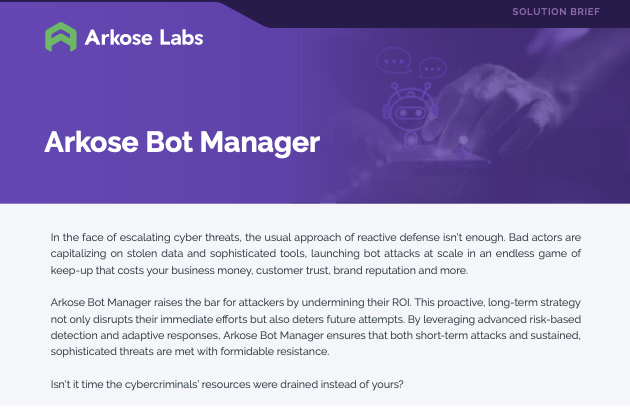Of late, the spotlight has been on BNPL that has become the current buzzword in the digital payments space. BNPL transactions are on a steady rise as is evident from the 27% increase in the number of consumers using the service this year as compared to those in 2020. This continued growth is not without a reason though.
BNPL enables consumers to avail of low-value loans - with no credit checks and zero interest rates - to make big purchases at small upfront payments. Plus, it affords customers a chance to improve their credit score by opening up access to alternate lines of credit and can be helpful for second chance consumers looking to maintain a good FICO score. At the same time, merchants benefit from bigger cart sizes and better conversion rates.
BNPL helps rebuild credit score
If you thought BNPL caters only to the customers who may otherwise not be able to afford a big purchase, you were wrong. BNPL is providing consumers - who have subpar credit scores but are earning well - with a second chance to improve their credit scores.
Consider this, 65% of the second chance customers earn more than $50,000 and 30% earn above $100,000, annually; and their credit scores fall short of the ‘good score’ threshold only marginally. Doesn’t this underscore the fact that although these consumers lack the conventional ‘good credit’ tag, they don’t necessarily lack the ability to pay.
According to this survey report, 23% Americans need a second chance to get low, affordable payments that usually require a higher credit score. Further, 57% of the consumers looking for a second chance consider BNPL to be a good option to rebuild their credit. BNPL has, therefore, emerged as a trustworthy method that consumers are embracing to be able to stretch their dollar without throwing their finance management out of gear or taking long-term debts.
Merchants, too, are showing greater interest in BNPL, as they benefit from increased ticket size per customer, larger AOVs (average order values), and reduced cart abandonment rates. More and more merchants are collaborating with BNPL providers to offer these services without additional overhead. BNPL providers, on their part, are trying to make consumer onboarding easier with little to no emphasis on credit history and a default line of credit for every customer.
Common BNPL fraud tactics
The ease of transactions and benefits of BNPL have naturally caught the attention of the fraudsters, who are abusing these features to make money for themselves. They take advantage of the fact that BNPL providers only have a few seconds in hand to approve or reject a purchase to escape with expensive items at a minimal cost – often paid using stolen credit cards – making it harder for deserving customers to leverage the services.
Some of the common techniques that fraudsters use to game BNPL providers include:
- Account takeover: A user account that has been transacting with a BNPL provider over a period of time, has a good repayment record, and enjoys greater lending limits is obviously more attractive to fraudsters, as it means an opportunity for greater exploits. Fraudsters use several tactics including credential stuffing, phishing, and SIM swapping, among others, for account takeover and exploit the compromised accounts for further downstream fraud.
- New account creation: Fraudsters use synthetic identities to create fake new accounts and deploy bots to scale up the attacks. Since the BNPL services provide a default line of credit, fraudsters use these fake accounts to make multiple purchases using stolen credit card details. Once a genuine cardholder disputes the payment, the merchant must bear the chargebacks and other settlement costs.
- Bypass authentication methods: In their effort to make customer onboarding simpler, many BNPL providers have lenient authentication mechanisms. This makes it easier for fraudsters to orchestrate their activities with the least resistance.
Stopping BNPL fraud
To combat BNPL fraud and effectively protect their businesses and customers, BNPL providers must step up their defenses. Having said that, most fraud solutions today may end up adding unnecessary friction to the onboarding process, which can defeat the uniqueness of the BNPL proposition – instant decisioning.
BNPL providers need a new approach to combating fraud that identifies and stops the bad actors, without adversely affecting good user throughput. This is where our solution steps in.
Bankrupt the business model of fraud
At Arkose Labs, we take an innovative approach to fighting fraud, which is centered around fraud deterrence beyond attack mitigation. We monitor the entry gates for suspicious actors and stop them from creating fraudulent new accounts or attempting to takeover real user accounts.
As the first step, the incoming traffic is routed to the Arkose Labs network, which shifts the attack surface for any attempted attacks. Real-time detection classifies traffic and informs the business if secondary screening is necessary. AI decisioning orchestrates a dynamic attack response, delivering the right amount of pressure for the attack pattern.
While most good users never see a challenge, bots and automated scripts fail instantly. We keep human attackers engaged with a continuous stream of challenges that keep increasing in frequency and complexity. This wastes the time, effort, and resources of the attackers to an extent that the attack ceases to be profitable. Once the business model of fraud is bankrupted, there is no motivation left for the attacker to continue, who abandons the attack and moves on.
Keeping user experience front and center, we use targeted friction to ensure long-term protection for our partners. It also allows our partners’ internal teams to continue approving purchase requests without having to bear the burden of fighting bad actors.


